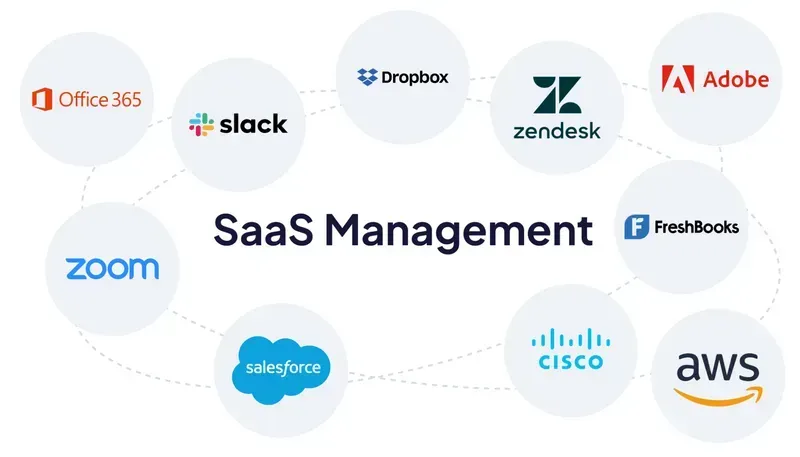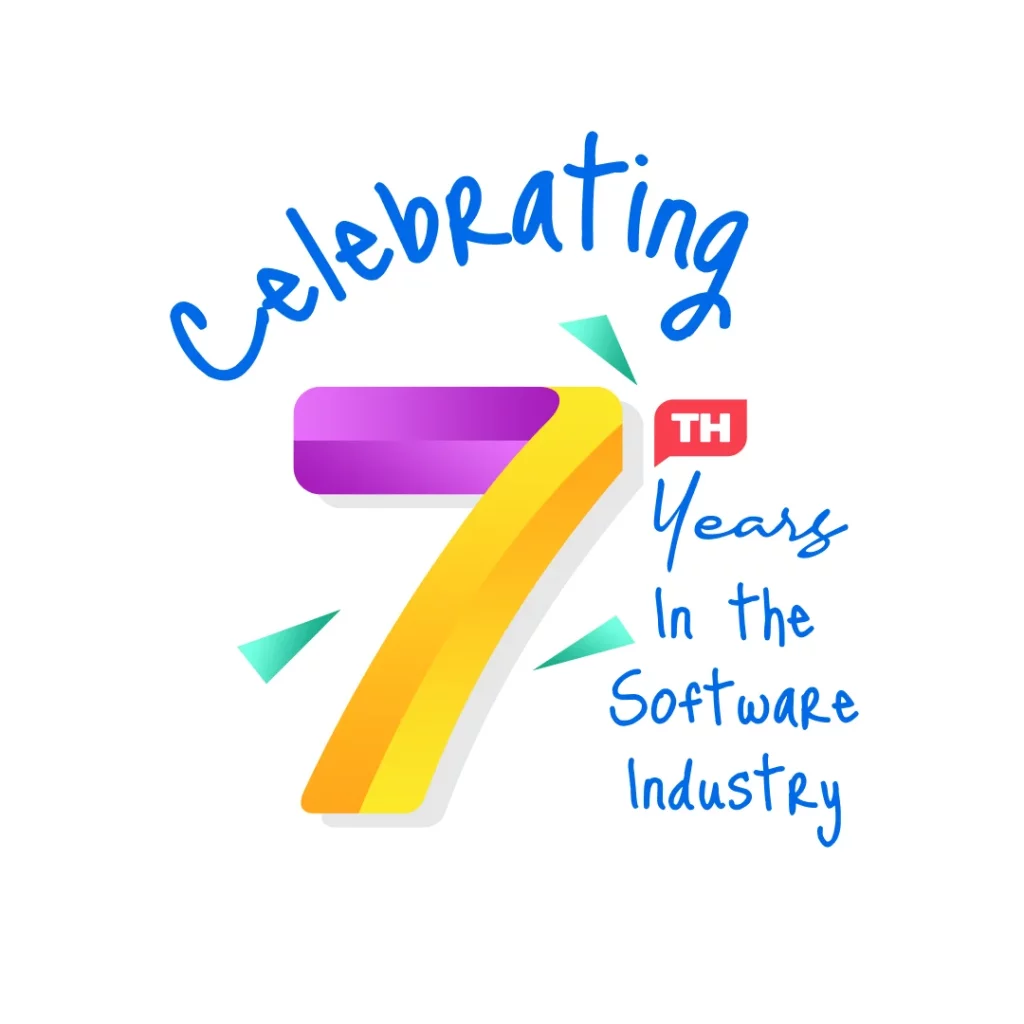
What is SaaS Software Integration?
SaaS integration differs from custom integration, where developers build data-sharing code. SaaS integration is more cost-effective and time-efficient, requiring minimal programming. Software-as-a-Service (SaaS) is a software distribution model where a cloud provider hosts the software online, and customers pay a subscription fee to access it from any internet-enabled device. SaaS applications have gained immense popularity, replacing the need for downloading and installing software on individual machines. Nearly every modern business uses at least one SaaS application, with the average enterprise relying on approximately three hundred for day-to-day operations.
Businesses employ SaaS integration to manage this array of applications efficiently, connecting their SaaS applications with other cloud-based or on-premise applications using Application Programming Interfaces (APIs). SaaS integration facilitates seamless communication and data sharing between applications, ensuring smooth operations across an organization.
Google Workspace– A perfect SaaS Software Example
A prime example of simple SaaS integration is in Google Workspace Suites, where applications like Gmail, Google Drive, Docs, and Sheets are integrated to enable easy data transfer. SaaS integration allows applications from different vendors to communicate effectively.

How is SaaS Integration is Different from other API Integration
SaaS, app, and API integration are often used interchangeably for the same process. APIs, or sets of code-based instructions, facilitate the exchange of information between applications. Integration Platform as a Service (Ipas) has simplified this process, eliminating the need for extensive technical knowledge or developer intervention.
SaaS API V/S SOAP API Difference
SaaS APIs are primarily built with REST (Representational State Transfer) architecture, although some may use SOAP (Simple Object Access Protocol). REST and SOAP protocols enable data exchange between programs, with REST being more bandwidth-efficient.
SaaS Software Integration V/S Custom Integration
SaaS integration differs from custom integration, where developers build data-sharing code. SaaS integration is more cost-effective and time-efficient, requiring minimal programming
- Consideration of Requirements:
- For straightforward integrations and standard workflows, SaaS integration is often sufficient. Custom integration becomes crucial when dealing with intricate processes or unique business requirements.
- Budget and Timeline:
- Organizations with budget and time constraints may find SaaS integration more suitable due to its affordability and quicker deployment. Custom integration is justifiable when specific needs outweigh these constraints.
- Scalability and Future Growth:
- If scalability is a significant concern and future growth is anticipated, SaaS integration’s agility and adaptability make it a practical choice. Custom integration may be preferable for organizations with highly specialized needs that demand tailored solutions.
- Legacy System Integration:
- When dealing with legacy systems that lack modern APIs, custom integration becomes necessary for ensuring seamless connectivity.
In summary, the choice between SaaS integration and custom integration depends on the organization’s specific needs, budget, timeline, and long-term objectives. While SaaS integration offers simplicity and cost-effectiveness, custom integration provides unparalleled flexibility and control for complex scenarios.
What Are the benefits Of SaaS Software Integration?
Benefits of SaaS Integration:
Time Efficiency:
- Automation Streamlines Processes: SaaS integration automates data transfer between applications, reducing the time spent on manual data entry and allowing employees to focus on more value-added tasks.
Error Reduction:
- Minimized Human Errors: Automated data exchange significantly reduces the risk of human errors associated with manual data entry, ensuring data accuracy and integrity.
Transparency:
- Real-time Data Accessibility: SaaS integration ensures that the correct information is available in real-time, improving department transparency and timely decision-making.
Customer Service Improvement:
- Enhanced Customer Interaction: Automated processes, such as order confirmations and shipment tracking, result in quicker and more accurate customer service, meeting customer expectations and improving satisfaction.
Scalability:
- Adaptability to Growth: SaaS integration facilitates seamless scalability as businesses expand, allowing automated processes to handle increased data flow without manual intervention.
Disadvantages of SaaS Software Integration:
Technical Expertise Requirement:
- Dependency on Technical Skills: SaaS integration may require specialized technical expertise, potentially causing a backlog of integration tasks if employees lack the necessary skills. This dependency can hinder the integration process.
Implementation Time Challenges:
- Complexities Leading to Delays: The technical intricacies involved in connecting diverse applications may extend the integration timeline, impacting operational efficiency and delaying the realization of benefits.
Management of Multiple Platforms:
- Challenges with Diverse Cloud Applications: Handling multiple cloud applications can become challenging, especially if the integration is not comprehensive. Organizations may face difficulties managing data and workflows across diverse platforms.
Potential for Data Silos:
- Integration Gaps: Incomplete or delayed integrations can result in information gaps across applications, leading to data silos. This fragmented data landscape can impede collaboration and decision-making.
Cost Considerations:
- Custom Integration Expenses: While SaaS integration is generally more cost-effective, opting for custom integrations may incur higher costs due to the need for developers. Ongoing maintenance and updates can add to the financial burden.
Security Concerns:
- Data Security Risks: Integrating various applications increases the attack surface, potentially exposing sensitive data to security threats. Robust security measures must be in place to safeguard against breaches.
Dependency on Vendor APIs:
- Vendor API Availability: Successful integration relies on the availability and reliability of APIs provided by software vendors. If a vendor does not offer a stable API or support, it can disrupt the integration process.
Conclusion:
In conclusion, while SaaS Software integration offers numerous benefits for streamlining operations and enhancing efficiency, organizations must be mindful of potential challenges and invest in proper planning, skilled resources, and security measures to mitigate risks and maximize the advantages of integration.




Excellent write-up
Thank you for expressing your interest in our article.
Check out our other Blogs Also,
We Believe in Post Quality Content.
Your point of view caught my eye and was very interesting. Thanks. I have a question for you.
I know this if off topic but I’m looking into starting my own weblog and was wondering what all
is needed to get setup? I’m assuming having a blog
like yours would cost a pretty penny? I’m not very
wweb savvy so I’m not 100% positive. Any recommendations or
advice would be greatly appreciated. Thanks https://Www.Waste-Ndc.pro/community/profile/tressa79906983/
I know this if off topic butt I’m looking into starting my own weblog and was
wondering what all is needed to geet setup? I’m assuyming having a blog like yours would cost a pretty penny?
I’m not very web savvy so I’m not 100% positive. Any recommendations or advice wold be greatly appreciated.
Thanks https://Www.Waste-Ndc.pro/community/profile/tressa79906983/
Your article helped me a lot, is there any more related content? Thanks!
Thank you for sharing your knowledge of email marketing product launches.
The detailed analysis of email marketing trends was very informative.
Votre blog a démystifié les concepts complexes de l’authentification des emails pour moi.
Your article helped me a lot, is there any more related content? Thanks!
Can you be more specific about the content of your article? After reading it, I still have some doubts. Hope you can help me.